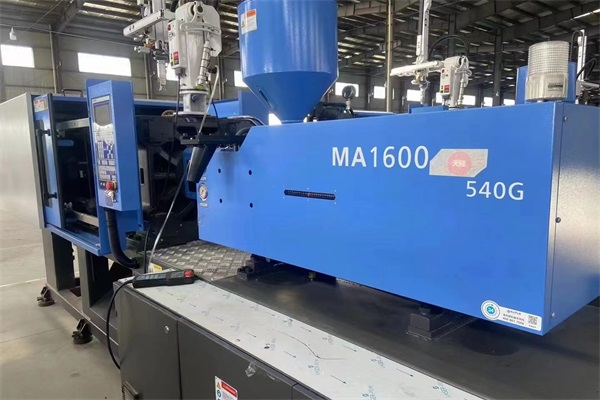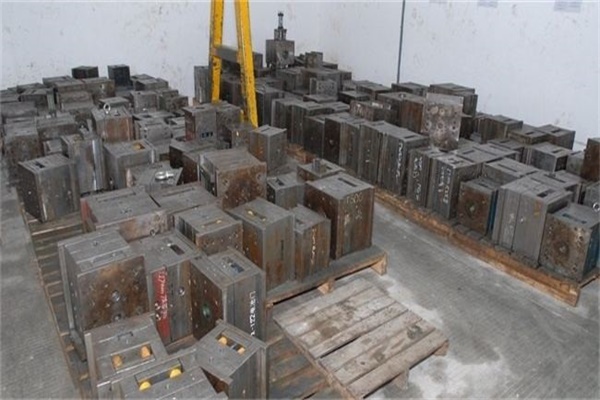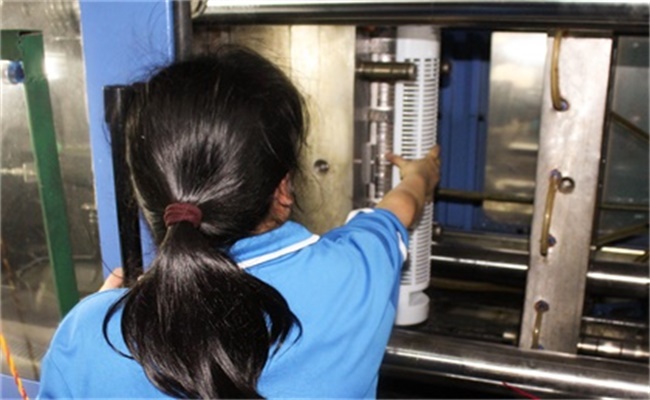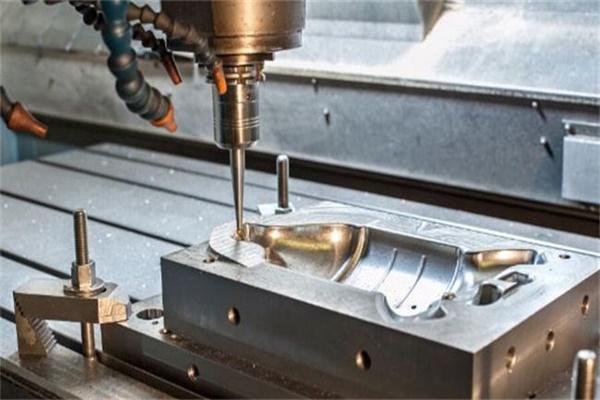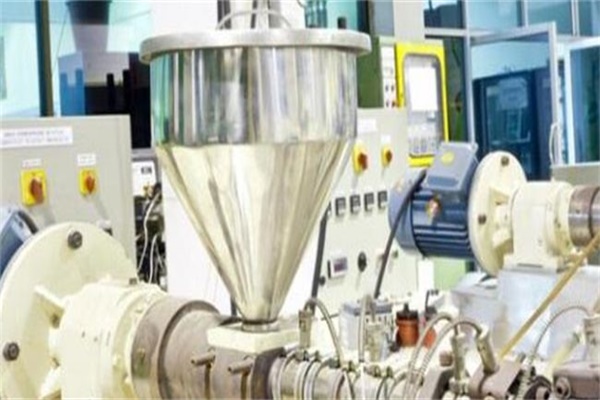Injection molding is the manufacturing process that involves putting molten materials into the injection molds to produce the shape you want to get. This is a common manufacturing process that allows manufacturers to produce a large number of prototypes or hardware parts for various products. With the injection molding process, you can use both plastic and metal molds to create various design shapes according to your design requirements.
Injection molding can be a rapid manufacturing process to produce products for various industrial needs. You can use this process to produce components, or prototypes for a wide range of products, such as electronic products, automotive parts, aerospace electrical components, and many more.
Table of Contents
- 1 Injection Molding Types
- 2 How Long Do Injection Molds Last?
- 3 Various Factors that Affect Injection Molds Life Expectancy
- 4 Injection Molding, and The Roles of Injection Molds in Optimizing Production
- 4.1 ●Faster prototypes and injection molding parts production.
- 4.2 ●Dealing with complex prototype or part designs.
- 4.3 ●Plenty of injection molding material and mold options.
- 4.4 ●Better durability for the injection molding parts and prototypes you produce.
- 4.5 ●Autonomous production process.
- 4.6 ●Lower production costs and labor.
- 4.7 ●Better environmental benefits.
Injection Molding Types
There are various types of injection molding you can use in your manufacturing process. Each type of injection molding has its own unique process, and the things that make them differ from each other are the materials used for the molding process, along with various other factors. Each injection molding type will be suitable for specific production schemes.
Here are the injection molding types most manufacturers are using today:
●Insert molding.
Insert molding follows the same process as regular injection molding, with the only difference being that you will need to add an insert to the mold before you put the resin there. The resin will then follow the shape or design of the insert around the mold, so that you can get a more detailed shape for your prototypes or parts. Metal inserts are the most common types of insert you can use in the process.
●Overmolding.
Overmolding is the injection molding process whereby you can use two or more materials and color variations to produce the plastic parts or prototypes. You can use this method if you would like to add some extra features to the prototype or part you are making, such as added strength, durability, or grip.
●Thermoplastic injection molding.
With thermoplastic injection molding, you will use the thermoplastic resin materials and inject them into the molds. Then, you need to cool the thermoplastic materials inside the molds before you can get the shape you want.
●Liquid silicone rubber molding.
The liquid silicone rubber molding process involves using thermoset materials and injecting them into the molds. Then, the thermoset materials will trigger certain chemical reactions within the molds, creating plastic parts or prototypes according to the mold design.
How Long Do Injection Molds Last?
With injection molding, you will need to rely on using the molds to get the best result for your prototypes or parts production. However, injection molds have their own life expectancy, meaning that you cannot keep on using them. The injection molds you are using will be subject to regular wear and tear. Someday, they will get damaged, so you will need to replace them from time to time.
Most manufacturers use plastic injection molds in their prototypes or parts manufacturing process. So, how long do plastic injection molds last? It will depend on the mold quality itself. Some plastic injection molds can last hundreds of cycles, some can last thousands or tens of thousands of cycles, and some others can last for over a million production cycles. The durability of each injection mold will depend on various factors, they are different for the single and plastic multi-cavity moulds.
Various Factors that Affect Injection Molds Life Expectancy
There are various injection mold types you can use in your production cycles, and depending on the injection mold materials and quality, you might get different levels of durability for the mold equipment. However, there are other factors that can affect the life expectancy and durability of injection molds.
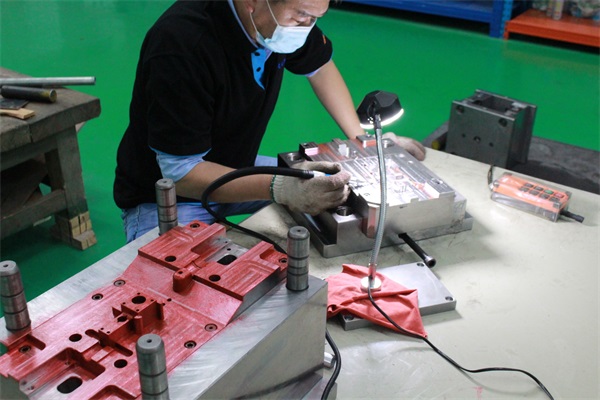
Here are the various factors that affect injection molds life expectancy:
●Mold materials.
Different mold materials will give you different life expectancies for injection molds. For instance, steel molds will be much more durable than plastic molds. Even the same plastic molds can have different durability and life expectancy depending on the quality of the plastic materials used for the molds.
●Production environment.
The production environment can also affect mold quality and life expectancy. A clean production environment will contribute to much better efficiency for the molds, whether they are plastic or steel molds. The molds that operate in harsh or dirty environments might get damaged much quicker, thus having lower life expectancy.
●Regular maintenance.
You need to give proper maintenance for the molds you are using in your production cycles. The proper maintenance can include cleaning the molds after each production phase so that they can work in the best way every time you operate the injection molding equipment. The lack of proper maintenance will only lower the durability and life expectancy of the molds.
●Structure design of the mold.
Another aspect that can make or break the quality of injection molds in your production process is the structure design of the mold. The better the quality of the mold design, the better it will perform in the production process. The shapes of the molds and how they interact with the other equipment or mold injection components will affect their durability and resistance against regular wear and tear. Thus, the structure design of the mold will also affect their life expectancy. TEAM Rapid can offer free mold flow service for your molding projects.
●Production speed and volumes.
The more you use the molds in your production cycles, the more they will get wear and tear from regular use. The faster your production speed and the larger your production volumes, the shorter the life expectancy of the injection molds. As a result, you will need to replace the molds much faster than when you use them in low production speed and volumes.
Injection Molding, and The Roles of Injection Molds in Optimizing Production
The injection molding process has been around for decades, and it is the common production method manufacturer. They are used to produce various prototypes and hardware parts. Injection molding has a very important role in optimizing the production process in most manufacturing companies today. The production process that once was difficult or took a long time to do can get completed faster with much more efficiency thanks to the use of the injection molding process.
Here are the roles of injection molding in optimizing production:
●Faster prototypes and injection molding parts production.
Injection molding can handle faster prototypes and volume parts production compared with the other manufacturing methods. It can provide you with high production output, so you can use this method to fulfill high production demands from your clients with ease.
●Dealing with complex prototype or part designs.
The more complex the prototype or part design, the more difficult it will be for you to produce and choose a rapid prototype service. The good thing about injection molding is that it can handle complex prototype designs with no problems. You can create suitable molds and add inserts to create the complex shape you want.
●Plenty of injection molding material and mold options.
Depending on your preferences and design requirements, you can pick the materials and molds for the injection molding process and get the best result for your prototype production. There are various plastic and metal options you can use as the materials and mold for this process. You just need to pick the combinations that will give you the best result.
●Better durability for the injection molding parts and prototypes you produce.
Injection molding offers you the end products that have better overall durability. With a wide range of material selection, you can also pick the materials that can add even more durability to your prototypes and hardware parts to enhance your product quality even more.
●Autonomous production process.
The injection molding production process is autonomous. With the autonomous production process for the prototypes and hardware parts, injection molding can provide more efficiency in the overall manufacturing process of your products. As it is a computerized process, you can also set various preferences for the injection molding process to ensure that it will follow the detailed design requirements you have.
●Lower production costs and labor.
With the injection molding process, even more so with plastic molding, manufacturers can cut a lot of production costs and labor throughout their production cycles. The molding process can produce a high volume of prototypes and parts while keeping the costs of materials and operations at their lowest. Also, it is unnecessary for you to hire too many people just to oversee the injection molding process in your parts or prototype production.
●Better environmental benefits.
The molding process can also help keep the environment safe, as it will not produce many waste materials in the production process. Also, the process itself is clean for the environment, and it will not pollute or damage the environment. You can recycle your plastic waste materials so that the waste materials will not get piled up during your production phase.
Conclusion
The life expectancy of injection molds will depend on various factors, such as the environment, materials, maintenance, and others. The higher the quality of the molds, the more durable and therefore longer their life expectancy will be. TEAM Rapid offers a plastic injection molding service to help the customer to choose the best way for injection molds and molding.
Injection molding has been helping manufacturers to optimize their production process in various ways, and this is one of the preferable prototyping processes you can use for most of your prototyping and parts production needs. Contact us today to learn more now!
